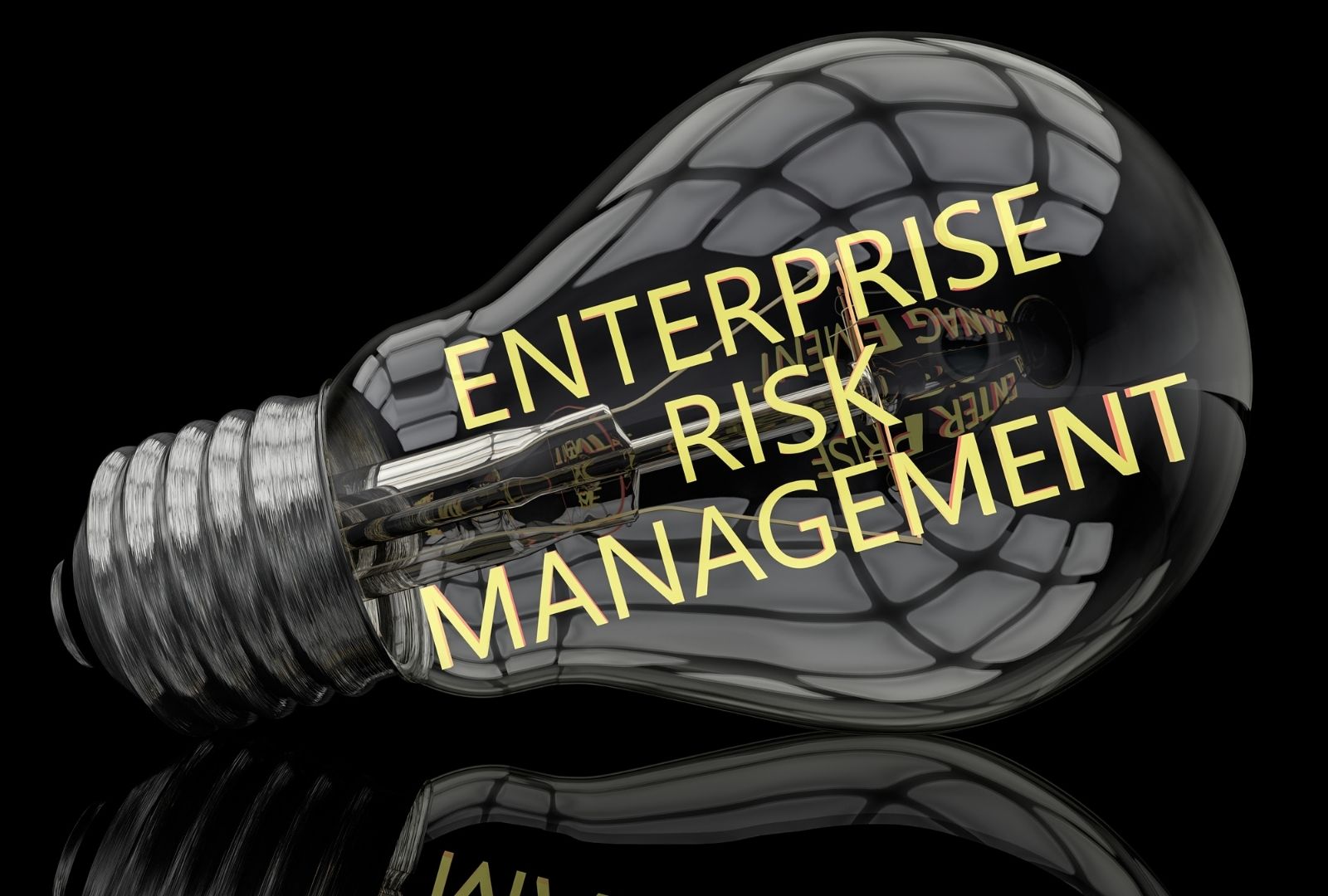When crises happen, having a nonprofit enterprise risk management plan in place helps you stabilize your business, recover, and continue to prosper. Current events, namely the COVID-19 outbreak, remind us how critical risk management is for nonprofits during uncertain times.
What is an Enterprise Risk Management (ERM) plan?
An ERM plan outlines threats to your organization’s operation, financial health, and goals. This process starts by identifying events or trends that can directly or indirectly harm your nonprofit. These range from delays and disruptions in supply chains, issues threatening scalability, technology failures, natural disasters, and more. Obviously, some factors carry greater risk than others. Specifically, for nonprofits, enterprise risk management focuses on securing essential funds and resources that allow the mission to continue, even during challenging times.
All businesses, including nonprofits, face general obstacles and unique challenges that jeopardize profitability and productivity. Being able to define individual and industry-specific risks helps you plan around them.
The goal behind creating an ERM plan isn’t to incite panic; it’s just the opposite. ERM helps you ease fears by creating contingencies to operate around threats. Besides having peace of mind though, incorporating this strategy makes you both competitive and secure.
Why does your nonprofit need ERM?
ERM planning allows your nonprofit to remain prepared for the worst-case scenarios in a way that you and your team can recover with as little damage as possible. From a financial perspective, acknowledging these risks allows you to be mindful of significant costs.
For any business type, small-to-medium-sized, and even enterprise-level companies, poor expense control is a leading cause of business failure. Nonprofits share the same vulnerability. And this isn’t necessarily during a crisis period.
During significant crises, expenses can increase while revenue is stalled. Markets can fluctuate based on local, national, and international levels which will also affect donors and nonprofit operations. When this happens, an ERM plan helps nonprofits adjust during difficult periods to maintain operations and recover from difficulties.
Another key benefit is that it helps the organization become resilient as well as secure. This is done by examining the critical organizational requirements needed for success and what could prevent it. Besides planning for risks and expenses though, ERM can pinpoint major opportunities to explore during periods of non-crisis.
Adaptability, sustainability, and growth
What crises like the COVID-19 pandemic reveal, is that businesses and nonprofits alike need to be as flexible as possible to remain functional and safe. This means embracing things like cloud-based technology to continue operations at a distance.
Using cloud or remote services also ensures you can continue to rely on expert help despite distance or circumstances. This is also a situation that merits an emergency fund and protocols in place to accommodate things like limited contact and social distancing. These are all things ERM helps you identify and implement before or during crises.
ERM might not plan for every unique crisis, but it helps you to establish a framework for working around business issues and disasters. Your nonprofit becomes proactive instead of simply reactive. This is very important to the continual success of your mission and organization.
Nonprofit enterprise risk management plans do this by helping to account for donor behavior in negative situations and by pinpointing areas your operation needs to be successful. Let’s break down the core areas ERM improves the nonprofit business strategy.
Adaptability
Enterprise risk management lets you put funds, resources, and strategies in place that let you adapt to the situations you encounter. This is critical for preserving revenue and ensuring you can minimize expenses during the situation.
ERM plans also help nonprofits shift priorities and funding in order to preserve their fundamental needs. Additionally, these plans help you manage your accounting in a way to minimize damage while still achieving goals. Preparing for several different risks establishes flexibility in your organization, which is important for dealing with new risks as they arise.
Sustainability
Risks, like donor churn or even natural disasters, never stop. Your nonprofit will always face some risks throughout its lifecycle.
But again, if you plan for these risks and how to preserve your finances, the cost will be less severe. You will survive and continue to do so as you become more adaptable to change and overcome risks you encounter.
During the crisis itself, your ERM plan lays the core plan to sustain and preserve your nonprofit, staff, and essential needs. Besides keeping the lights on during adversity, ERM provides reassurance to your donors that your mission is strong and worth investing in.
Growth
To be successful as a nonprofit, you can’t just survive, you need to continue growing your revenue and donor base to continually achieve your goals. This means maintaining operations efficiently no matter the situation.
Ultimately, ERM helps you continually scale upwards. Besides preserving your organization, enterprise risk management pinpoints the assets and processes you need to securely expand in scope.
Examples of this include new investments to secure more equipment and even safety net measures to conserve cash flow. There are virtually unlimited ways ERM helps you protect your nonprofit’s present and future.
Creating a nonprofit enterprise risk management plan
An effective ERM plan requires in-depth nonprofit and general business knowledge. Financial and investment principles are also extremely important to consider as well. Many nonprofits do utilize risk assessments and emergency plans, but ERM takes risks and merges them into the nonprofits’ overall strategy. For one thing, there are many components and types of ERM planning based on risk type. They include:
- Financial risks
- Donor and public relations
- Day-to-Day procedures
- Legal Risks
- Disaster recovery
- Human resources
- Technology
- And more
In addition to conserving money, you’ll see that risks also branch into how your nonprofit is even perceived by your donors- your main source of funding. By looking at where the threats and opportunities lay for your nonprofit, you and your stakeholders can begin to play around with how to address them.
Usually, a committee is formed of board members and leadership to prioritize risks. But it’s very important to leverage technical experts whenever possible. These include accounting specialists who know your legal and financial risks as a nonprofit.
Plan early to maximize your potential
Again, many nonprofits will undergo risk assessments internally, but it’s still not very common for nonprofits to initially create a true ERM plan and set it in motion. This in itself is a huge risk, especially for nonprofits that are just starting.
To fully protect your nonprofit’s finances and mission, your assets and expense management needs to be aligned to your overall strategy. You do this by accounting for the threats to your operations and funding! This is something you don’t have to or should do alone.
Start by working with nonprofit financial professionals, who can help you identify core accounting risks and help you put actionable plans in place to address these threats.
Button: Get Started on Your ERP Plan Now!
Temple Management Consulting is ready to help you through COVID-19
Specializing in nonprofit accounting and business strategies, Temple Management is ready to help you with nonprofit risk assessment and management, and other accounting services. No matter what stage your nonprofit is at, we are here to help you reach your goals and protect your organization through financial health. The COVID-19 crisis may have put a pause on some areas of typical business, but our team is flexible and equipped to consult with you remotely! While there may be economic repercussions on the economy after COVID-19, there are financial strategies and nonprofit benefits you can leverage to get through this period. Don’t hesitate to learn how you can save money and make your nonprofit stronger than ever. Please contact us here, or give us a call at 770-892-2087.



